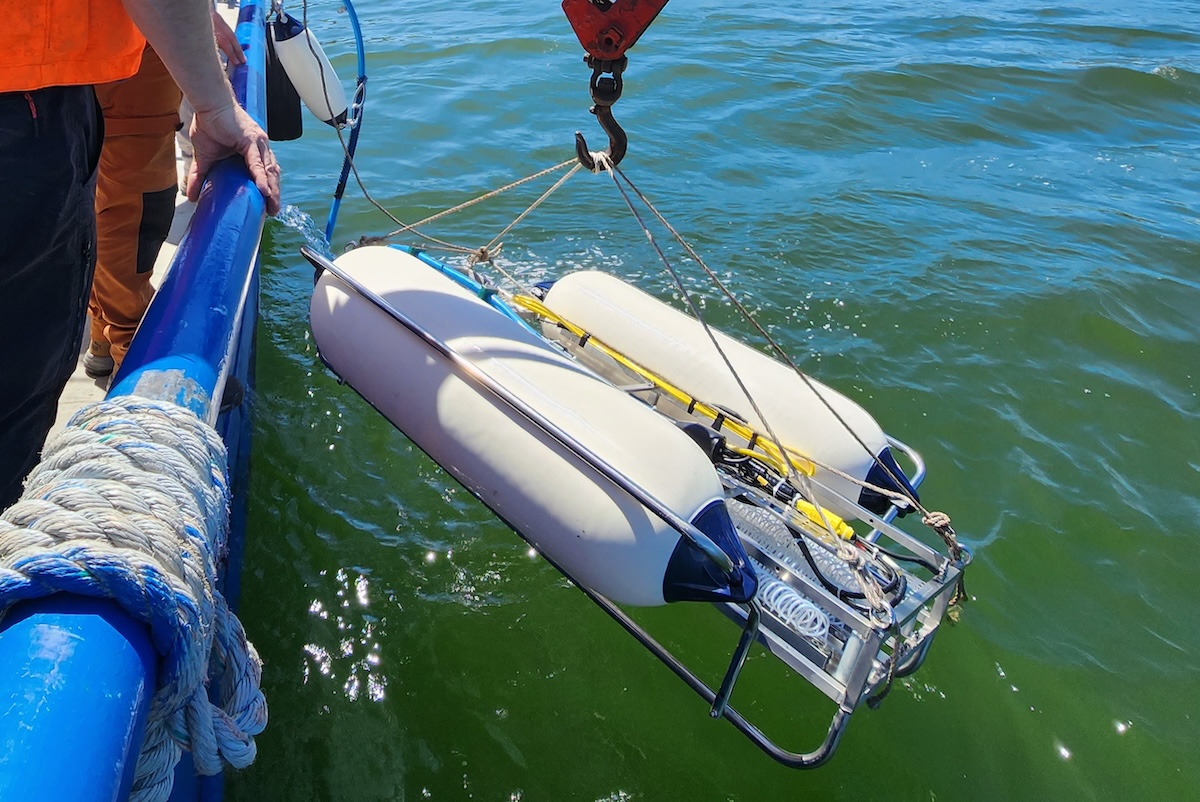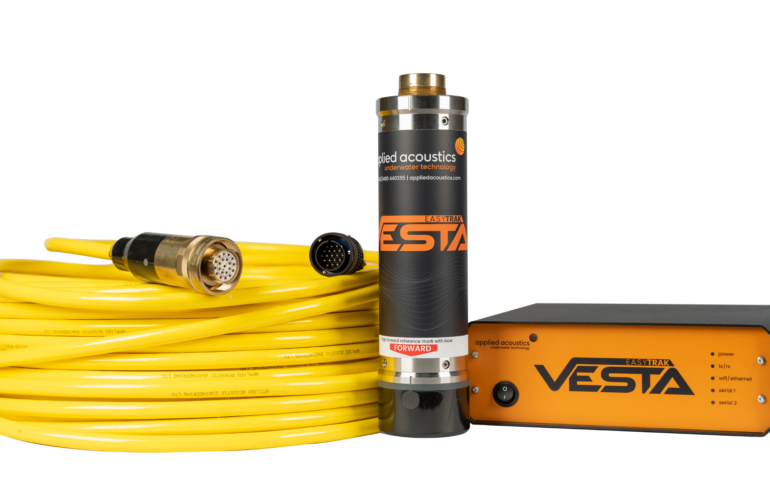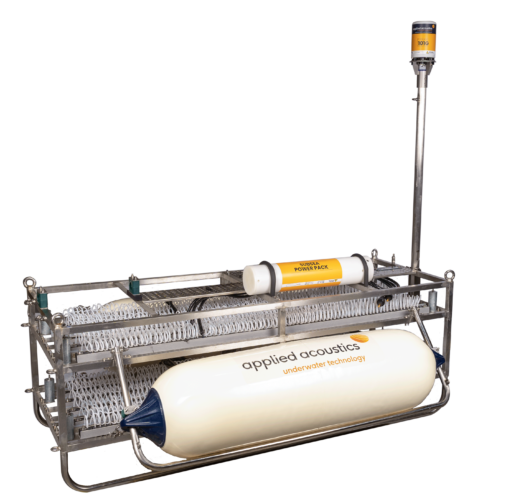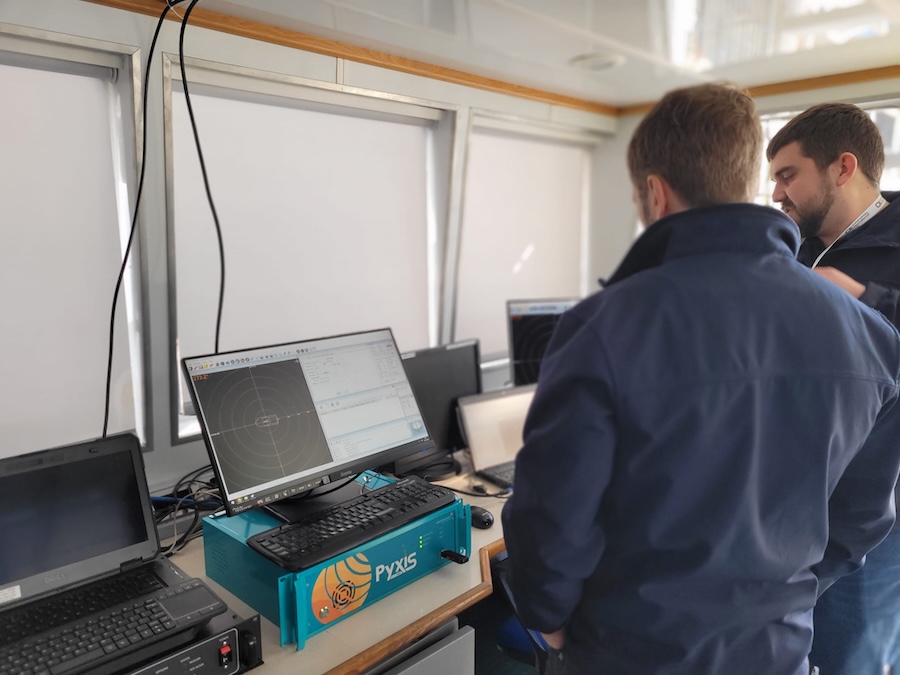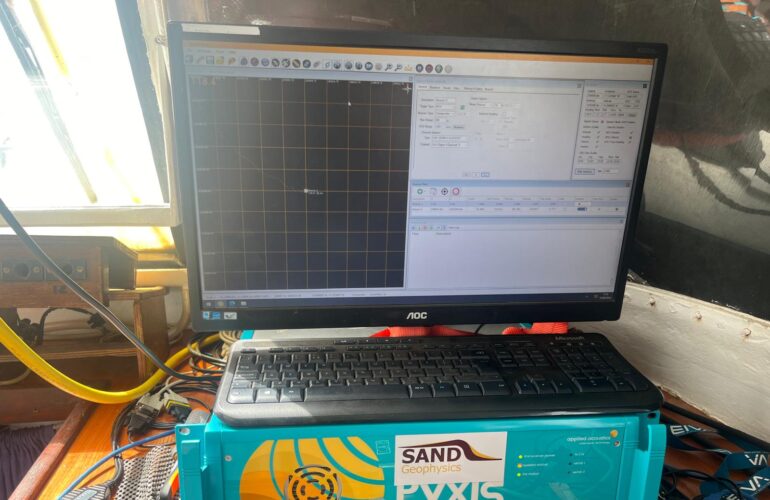Applied Acoustics offers a comprehensive suite of sub-bottom profiling systems designed to deliver high-quality, two-dimensional imaging of geological layers beneath the seabed.
These systems use seismic energy sources and hydrophones, making them ideal for a broad range of marine environments, from shallow coastal waters to deeper offshore sites, and capable of imaging both soft sediments and more consolidated rock formations.
The modular architecture of these systems provides exceptional flexibility, allowing for easy configuration to meet the unique needs of each survey. This design enhances portability, which is essential for projects requiring adaptable solutions in varying conditions. Applied Acoustics emphasizes both safety and reliability in their engineering, ensuring that the systems deliver consistent performance in demanding offshore environments. These systems support a wide variety of applications, including geophysical exploration, marine research, and offshore infrastructure assessments.
The variable-frequency boomer sound sources are engineered to provide optimal imaging of subsurface structures. By adjusting the frequency, the system can be fine-tuned to different water depths and sediment types, ensuring clearer, more detailed data capture and deeper penetration when required.
Additionally, sparker sound sources are used for high-resolution imaging, offering repeatable results even in challenging conditions. These sound sources are known for their durability and precision, making them suitable for a wide range of survey applications that require detailed, accurate seismic data. For deeper penetration and repeatable performance, the high-power, repeatable sound sources offer a reliable solution. These sources are designed to consistently generate high-energy output, which is crucial for surveys targeting deeper subsurface layers, ensuring high-quality data in both soft and hard sediment environments.
The CSP energy sources are designed for high-energy output, facilitating effective penetration of deeper sediments. These sources are optimal for providing clear imaging of subsurface structures at greater depths, ensuring the data captured is both reliable and consistent.
Hydrophones are available in various configurations, including 1, 8, 12, or 20-element medium-frequency (MF) designs, as well as a 24-element low-frequency (LF) design. The MF designs are ideal for imaging in environments where medium frequency ranges are required, while the LF design is suited for deeper surveys or areas requiring greater sensitivity to lower-frequency signals.
The systems also include multi-channel seismic data streamers, which enable the simultaneous collection of seismic data across multiple channels. This capability enhances the efficiency and accuracy of data acquisition, allowing for more comprehensive imaging of the subsurface and facilitating large-area surveys with continuous data capture.
Finally, Applied Acoustics provides data acquisition and processing software that integrates seamlessly with the profiling systems. This software is designed to streamline the process of collecting, analyzing, and visualizing seismic data. It offers advanced tools for real-time data processing and dynamic visualization, enabling operators to quickly interpret results and make informed decisions throughout the survey process.
Find out more about Applied Acoustics’ Sub-Bottom Profiling Systems >>







